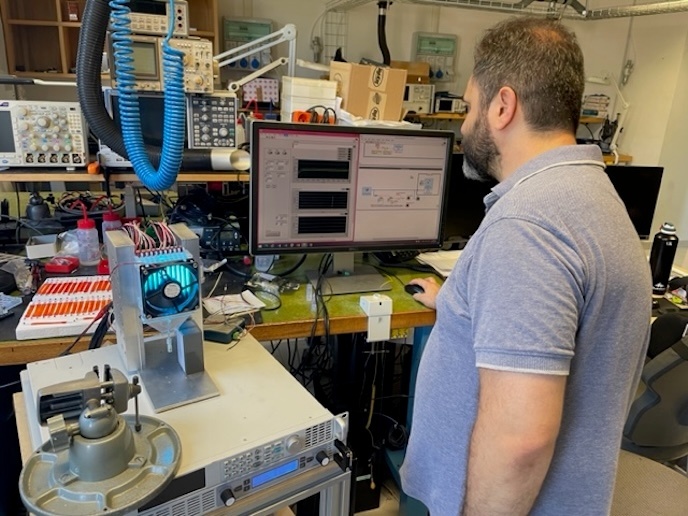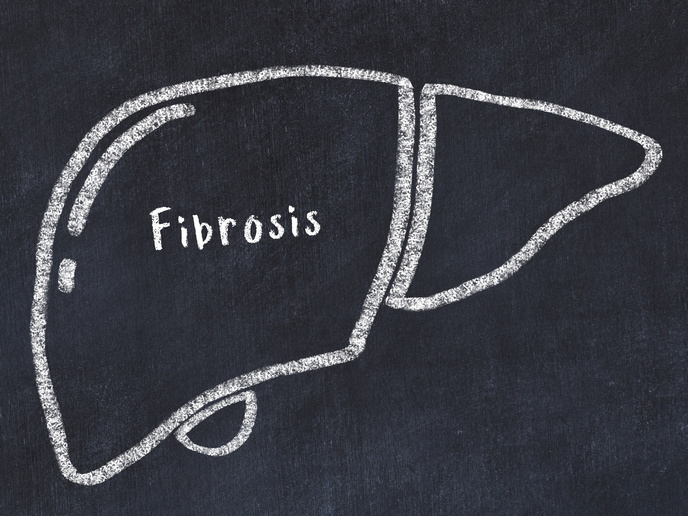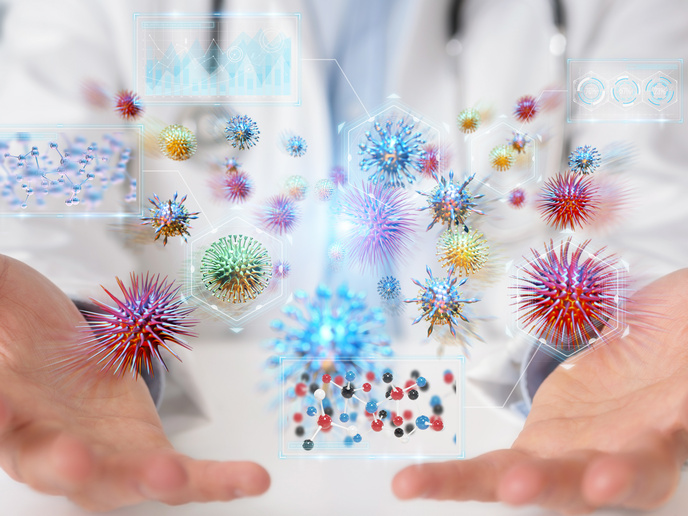Fishing for new information; insight into molecular defences
The FISHAID project concentrated on a number of commercially important fish species including carp, sea bass, Atlantic cod, Atlantic halibut and spotted wolffish. Initially, researchers focussed on the identification of fish defence mechanisms before moving on to the next phase of the project, the modulation and boosting of these mechanisms. Studies showed that a number of fish species develop initial defence mechanisms early on in development. Carp embryonic yolk sacs contained a number of immune system components, indicative of their early production. All of the species tested positive for the presence of complement component C3, a vital element of the immune system's response to bacterial infection. Addition of specific immunostimulants such as alginates did not appear to induce significant increases in the levels of cellular defence mechanism components. Although further immunostimulant addition studies are needed before conclusions can be made regarding their use, initial indications vary. No definite, direct links between the specific immunostimulants used and the expression of specific immune peptides could be discerned. Overall, the results provided valuable insight into the cellular defence mechanisms of fish species that are critically important to the European fish farm industry. Further support into this line of research could yield potentially novel immunostimulants and vaccines that could provide long-term protection and financially safeguard the European hatcheries sector.







